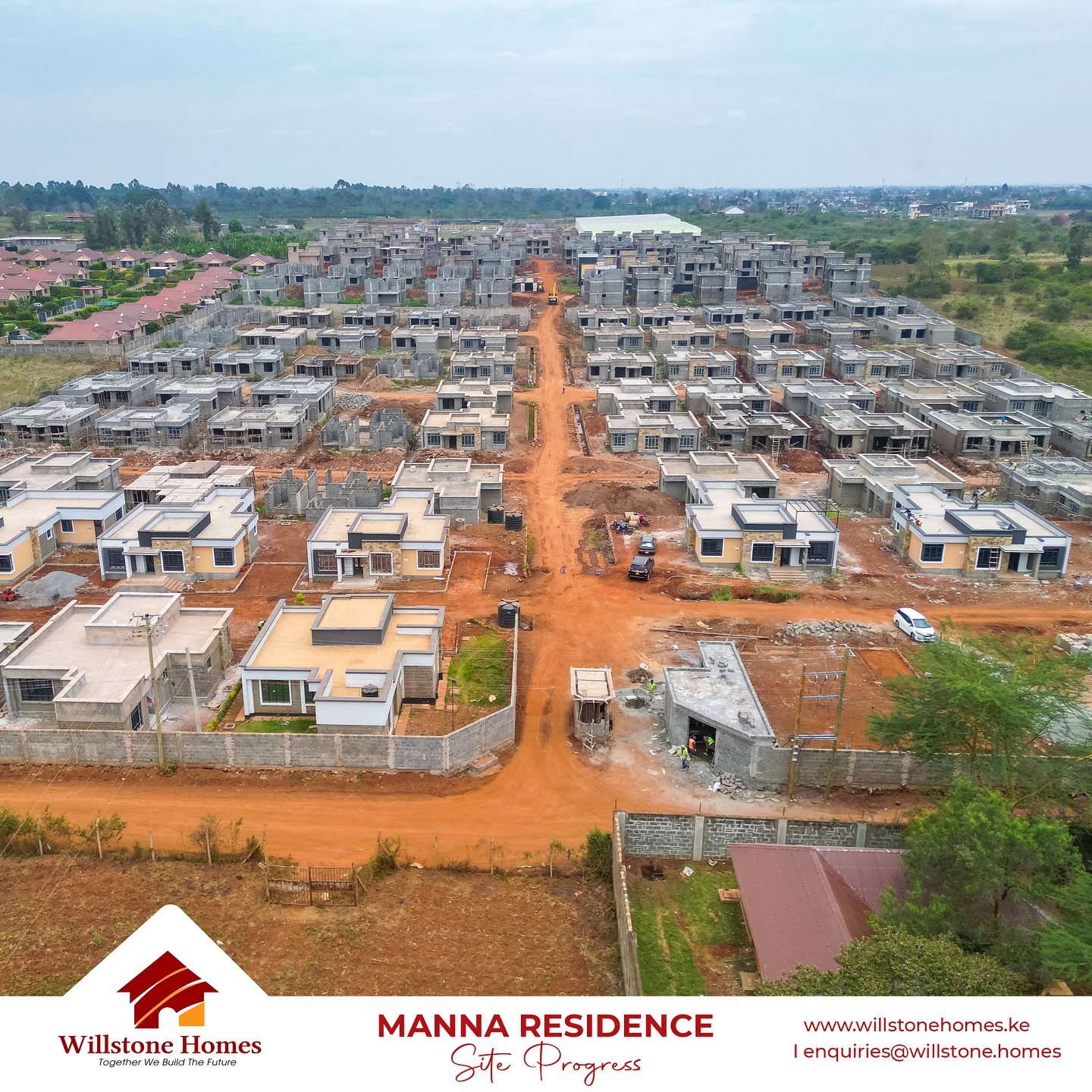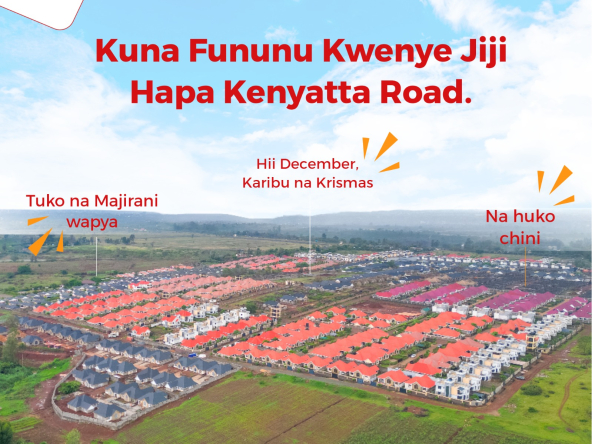The construction industry in Kenya is evolving fast — and at the center of this transformation are interlocking bricks and EPS panels in Nairobi. As the cost of cement and steel continues to rise, more builders and developers are searching for affordable, sustainable, and faster ways to put up quality structures. These new building materials are quietly redefining how homes, schools, and commercial buildings are made — bringing innovation right to Kenya’s neighborhoods.
What Are Interlocking Bricks and EPS Panels?
Interlocking bricks are specially shaped blocks that fit into each other without the need for excessive mortar. They are made from a mixture of soil, cement, and water — pressed under high pressure to create a strong, reusable block.
On the other hand, EPS (Expanded Polystyrene) panels are lightweight, sandwich-style wall components made of polystyrene foam enclosed between steel meshes. Once plastered with concrete, they form sturdy, insulated walls suitable for both residential and commercial buildings.
Together, interlocking bricks and EPS panels in Nairobi represent a shift from heavy, slow, and expensive building methods to cleaner and faster solutions.
Read Also: From Sand Shortages to Smart Alternatives: The New Era of Sustainable Building in Nairobi
Why Nairobi Builders Are Adopting These Systems
- Affordability:
Interlocking bricks reduce cement use by up to 40%, while EPS panels cut down on labor and material costs. This makes them ideal for affordable housing projects. - Speed of Construction:
EPS panel walls can be erected in days rather than weeks, helping developers meet tight deadlines and lower labor expenses. - Environmental Benefits:
Both systems minimize waste and promote energy efficiency. EPS panels offer excellent insulation, helping buildings stay cool without excessive electricity use. - Structural Strength and Safety:
Despite being lightweight, EPS panels have been proven to withstand seismic activity and harsh weather conditions. Interlocking bricks, too, produce solid walls when properly cured and reinforced.
Comparing Costs and Performance
| Material Type | Average Cost per m² (2025 estimates, Nairobi) | Main Advantage | Ideal Use |
|---|---|---|---|
| Traditional Block (Cement/Sand) | KSh 2,500–3,000 | Familiar, strong | Regular homes |
| Interlocking Bricks | KSh 1,800–2,200 | Low cement cost, eco-friendly | Rural & urban homes |
| EPS Panels | KSh 2,000–2,400 | Fast installation, lightweight | High-rise & urban housing |
While prices vary by supplier, the general trend shows that interlocking bricks and EPS panels in Nairobi offer 20–30% cost savings over conventional masonry — a huge advantage for developers aiming to cut construction budgets without compromising durability.
Challenges Slowing Down Adoption
Despite their benefits, adoption is still slow. Some local fundis (masons) are unfamiliar with the installation process, and access to training is limited. There’s also public skepticism — many buyers still equate “lightweight” with “weak.” Awareness campaigns, government support, and demonstration projects can help shift these perceptions.
Read Also: Gated Community Houses for Sale in Nairobi
The Future of Construction in Nairobi
Kenya’s push for affordable housing and sustainable urbanization aligns perfectly with modern materials like interlocking bricks and EPS panels. As technology and design standards improve, these methods could become the new norm — transforming both rural and city landscapes.
In the end, interlocking bricks and EPS panels in Nairobi are more than just alternative materials — they are symbols of innovation and progress. As builders embrace faster, greener, and more affordable ways to create homes, Nairobi’s skyline will continue to evolve — one smart brick and panel at a time.




